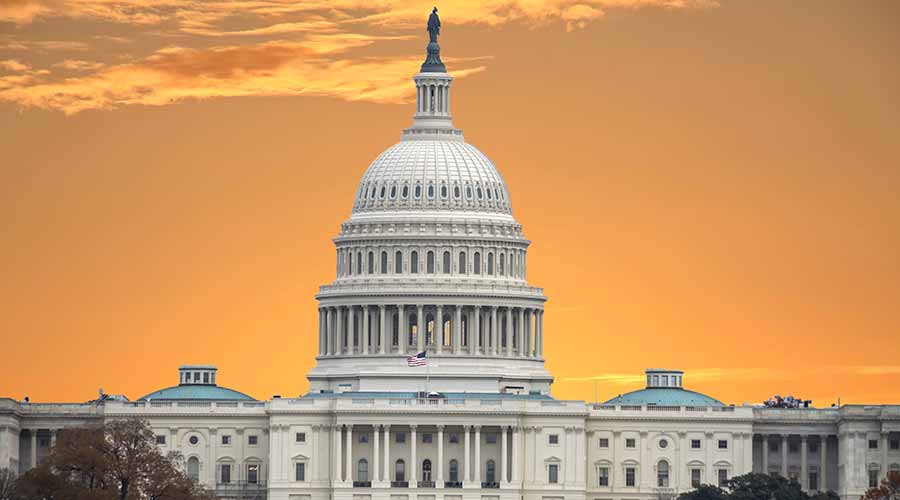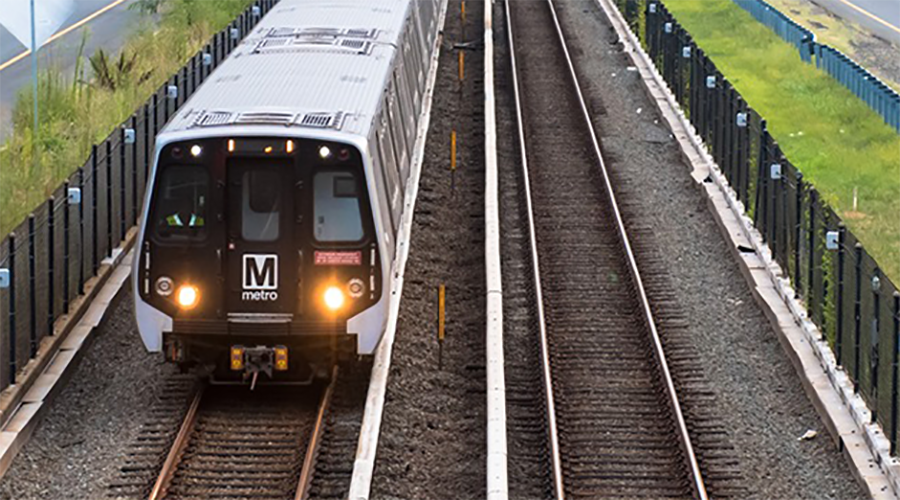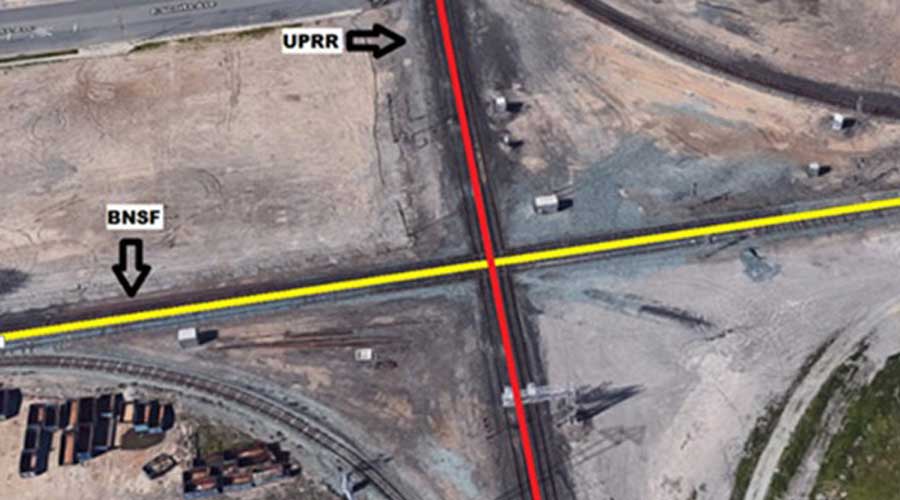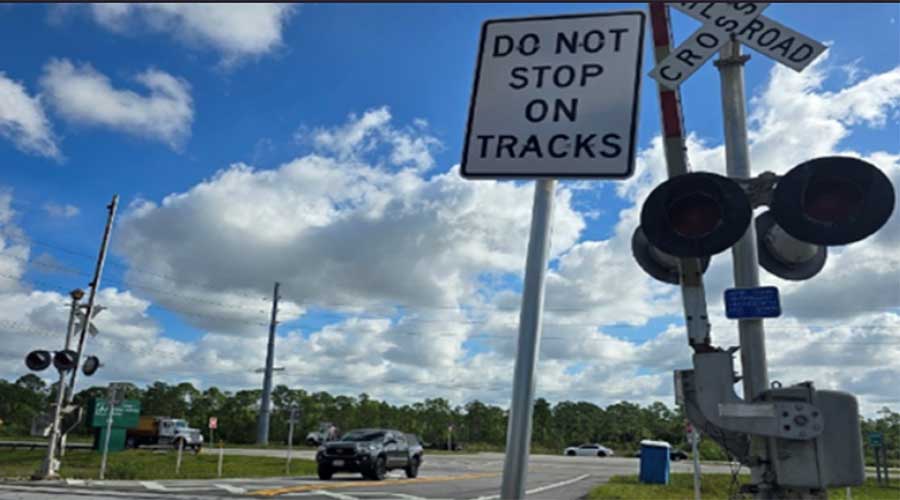Stay updated on news, articles and information for the rail industry
3/16/2020
Rail News: Federal Legislation & Regulation
Lipinski proposes bills to reduce train noise, blocked crossings

U.S. Rep. Dan Lipinski — who chairs the House Subcommittee on Railroads, Pipelines and Hazardous Materials — has introduced four bills aimed at reducing blocked grade crossings, increasing the number of quiet zones around railroad tracks and transferring Chicago Union Station's operational control from Amtrak to Metra.
The bills would "mitigate the impact of trains on communities," said Lipinski (D-Ill.) in a press release. The congressman intends to include the bills as part of the five-year surface transportation reauthorization bill that is expected to be introduced in the House next month.
Lipinski proposed the following legislation:
• The "Don't Block Our Communities Act" (H.R. 6223) would reduce blocked grade crossings. The law would establish a 10-minute limit on trains blocking crossings from other vehicle traffic.
• The "Building Much Needed Rail Grade Separations Act" (H.R. 6224) would increase the number of grade crossing separations. A $1 billion competitive grade separation program would be established at the U.S. Department of Transportation.
• The "Every Person Deserves Peach and Quiet Act" (H.R. 6225) would increase the number of zones around railroad tracks where trains could not sound their horns. Projects to establish quiet zones would be added to the Consolidated Rail Infrastructure and Safety Improvement (CRISI) grant program.
• The "Improving the Metra Commuter Experience Act" (H.R. 6226) would transfer certain aspects of Chicago Union Station's operations to Metra, which makes up nearly 90 percent of passenger traffic at the station.


 2025 MOW Spending Report: Passenger-rail programs
2025 MOW Spending Report: Passenger-rail programs
 Gardner steps down as Amtrak CEO
Gardner steps down as Amtrak CEO
 Guest comment: Oliver Wyman’s David Hunt
Guest comment: Oliver Wyman’s David Hunt
 Women of Influence in Rail eBook
Women of Influence in Rail eBook
 railPrime
railPrime







